All about the willows on the trunk
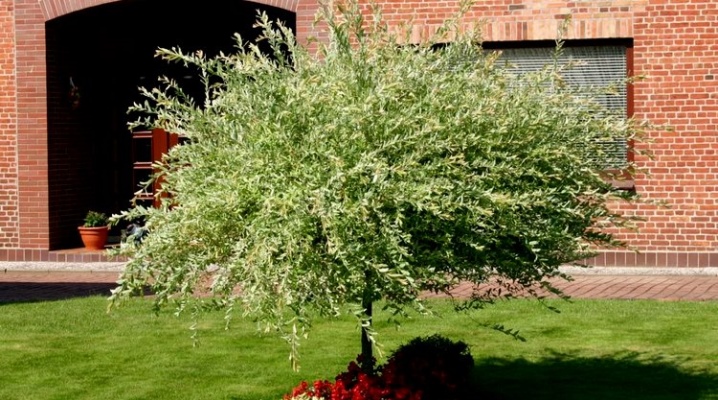
Knowing everything about the willows on the trunk, about the weeping willow and other species is extremely important for any gardener and just for a person involved in decorating the territory. A very important point is understanding how you can instill them. You will also have to deal, of course, with planting and caring with your own hands, using willow in landscape design.
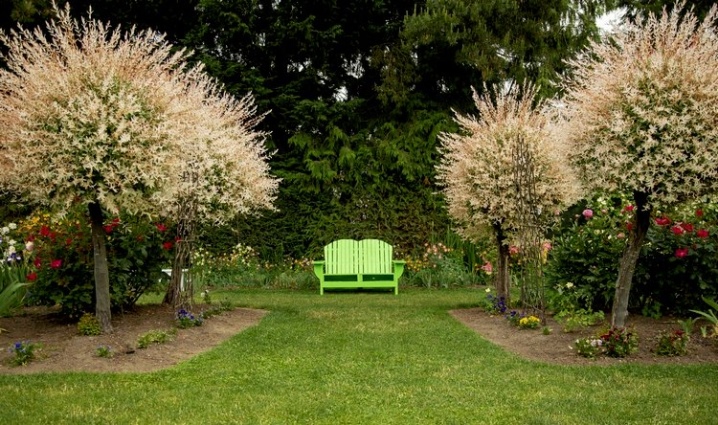
Peculiarities
Growing willow on a trunk is a very attractive idea. The widespread opinion that this is very difficult, in fact, is justified only by a lack of experience and skill. All somewhat experienced gardeners, and even beginners, by and large will cope with this task without any problems. The beautiful tree is often found along roads and on river banks; it is also appropriate to plant it there artificially.

Characteristic features of the plant:
- subtlety and flexibility of shoots;
- narrowed leaves;
- grouping of small flowers into earrings;
- the formation of box fruits;
- characteristic movement of leaves in the wind.
Types and varieties
Among the weeping varieties, it stands out favorably goat willow. It is she who is also commonly called the rakita. This culture looks attractive all year round. Most often, a goat tree is 3-10 m in height, it has a very developed root complex. The lifespan usually varies between 30-40 years, but some specimens live over 120-140 years.

The variety "Pendula" is popular. This is a relatively low (up to 3 m) tree with an expanded crown. It is not recommended to expect a life span of more than 30 years. "Pendula" needs active watering and can settle on almost any soil, at least minimally favorable. Such plants are perfectly perceived both individually and in small groups.
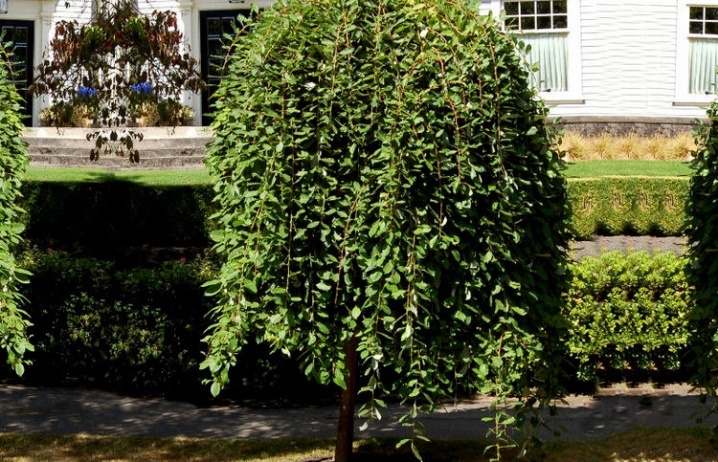
Even less willow goat "Kilmarnock". It does not rise to more than 1.5 m. The plant is light-requiring. Like the previous variety, it grows calmly on any soil. Important: the difference is that this plant does not tolerate too active irrigation.
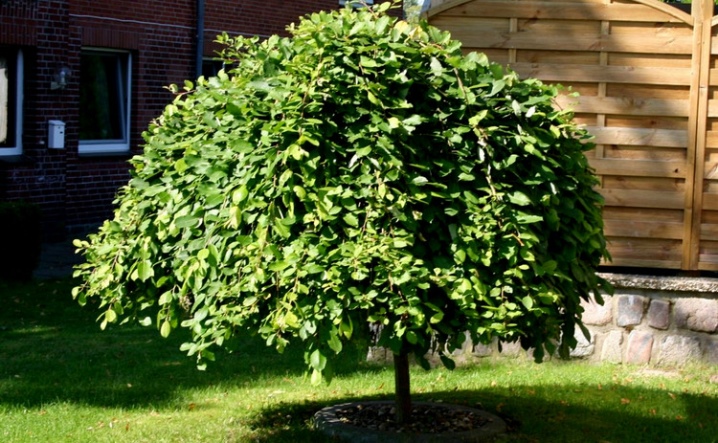
It should be noted that the question of the common willow is meaningless - such a botanical species is not distinguished. With white leaves, of course, a white (aka silvery) willow develops. This species grows almost throughout Europe.
It is characterized by:
- height - from 20 to 25 m;
- powerful trunk development;
- exposing old shoots;
- the development of flower earrings at the same time as the leaves;
- rooting up to 100% of cuttings without processing.
Notable of other species:
- Babylonian;
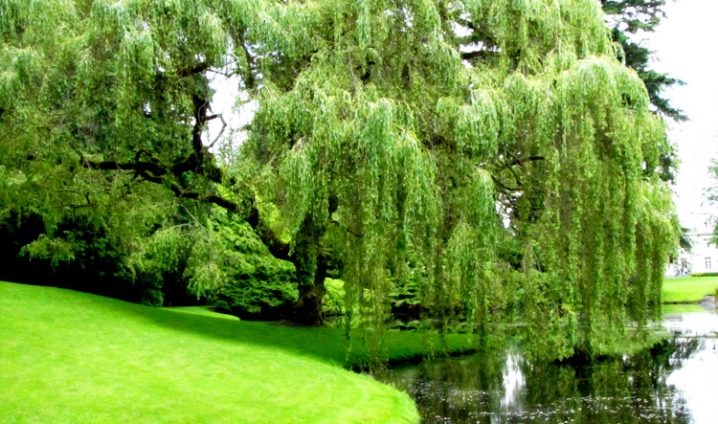
- wolf;
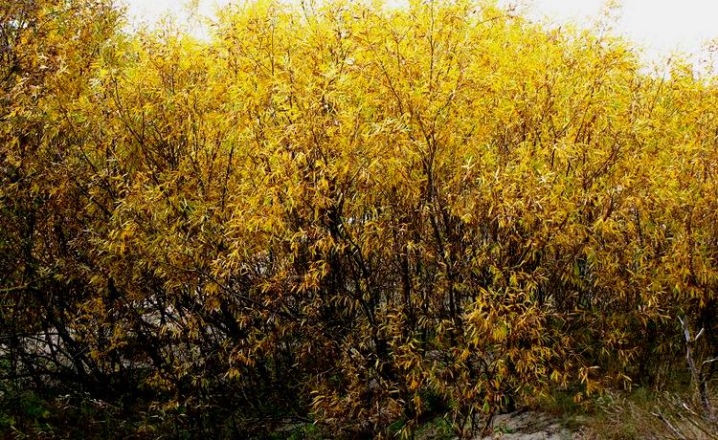
- Caspian;

- hairy;
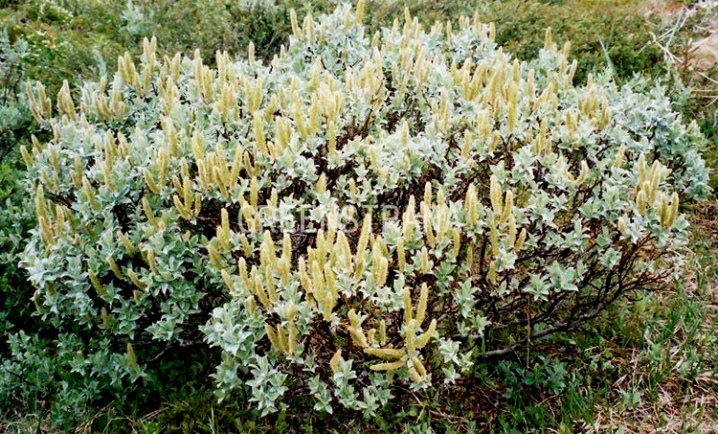
- creeping willow.
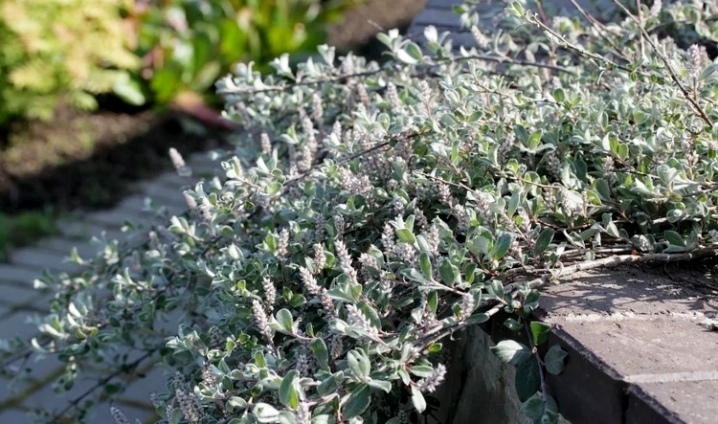
How to plant?
The possibilities for planting willow are very great. It will take a maximum of 2-3 years to form a tree and grow it to readiness. It is recommended to prepare the stock in advance, in the year preceding planting. The landing itself is advisable to carry out in the spring months, or a maximum of until mid-July. Then, by the onset of autumn weather, the willow will have time to form a well-developed root complex.
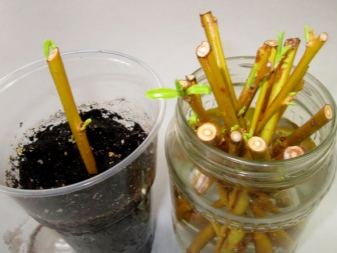
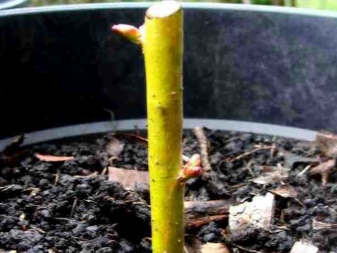
Before planting, the cuttings are kept in water. You need to wait for the formation of roots and then transplant the willow into open ground. The transplant is carried out into the open ground, more precisely, into a shallow hole. The dug soil should be mixed with compost. Immediately after planting the cutting, the mixture is poured back and slightly crushed, and the planting is watered.
How to care?
Graft
You can plant wild-growing branches of goat willow. They should be 10 to 20 mm thick, and the length varies from 500 to 2000 mm.It can be said more precisely only taking into account the geometry of the trunk. In some cases, the twigs are simply stuck into a site saturated with useful substances to a depth of 100-200 mm. The usual technology is vaccination in April or May 1-10.
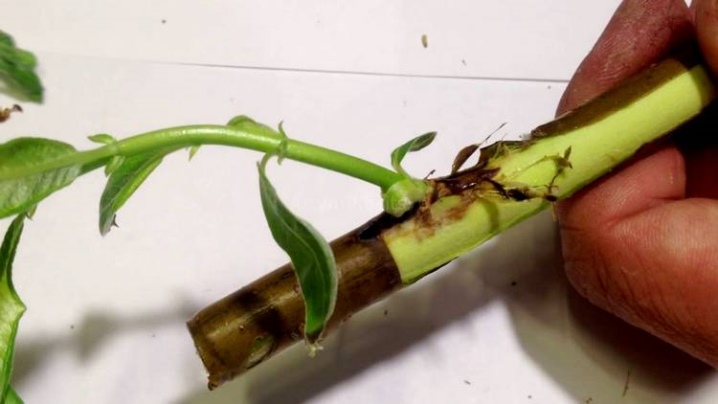
To do this, the stalk is introduced into the split or oculated with a selection of kidneys. As soon as they germinate, you need to smoothly eliminate the shoots. Anything that grows back after that, it is more correct to remove the "cut into a ring" method. After the branches reach a length of 100-150 mm, they should be pinched. This will allow you to form a dense, beautiful, top.
If it is still difficult to vaccinate with your own hands, cultivation is the best option.... For this purpose, it is recommended to take rooted cuttings. Landing is possible both in autumn and spring. Long cuttings must be tied to stakes. The formation of the future plant begins immediately after the release of the young growth. In elongated cuttings, from 3 to 5 upper shoots are retained, in order to then lay the skeletal part of the crown.
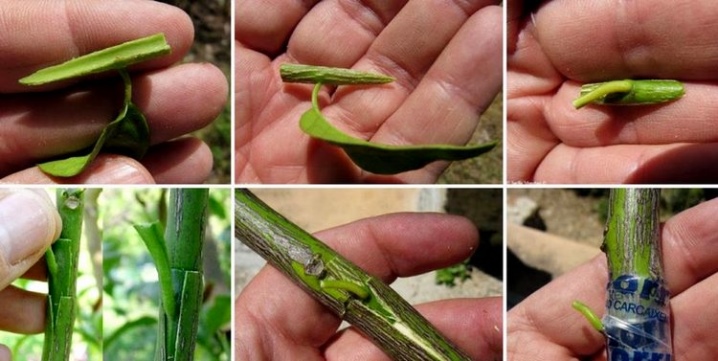
Only one crown shoot should remain on a short cuttings. When it grows, it is tied up on a vertical support as needed. This is kept up to a certain height and then the plant must be pinched. It is impossible to remove the supports for 3-5 years until the trunk gets stronger - in any case, this is what the standard recommendations say. However, you can still take a chance and grow a ground cover standard willow, which can also be very interesting.
A haircut
It is impossible to limit yourself to planting a plant and grafting it. - you also need cropping... However, it is not worth striving to form a standard willow in the first 4 years of development - this is fraught with many mistakes and troubles. Only after the end of this period can one correctly judge the prospects of a particular specimen, about its further growth and development. A properly trimmed plant has a dense, beautiful bark without a single defect. To cut for the formation of the crown, you need to radically, removing literally all the buds below 2 m.
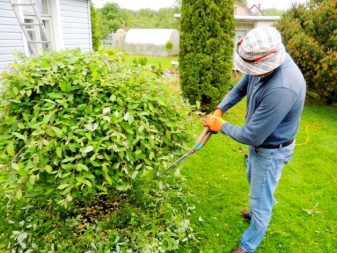
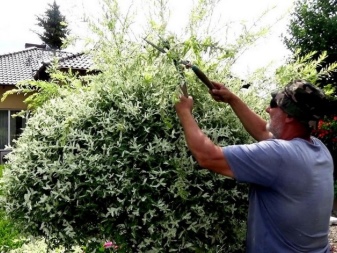
Above this level, too, many of them will have to be cut off. Only small branches can be removed. An incision of more than 50% in circumference may be critical. Goat willow is easier to care for than its white variety - you can simply limit yourself to a supportive haircut and exclude the appearance of overly dense areas. Special shaping is not necessary for this species.
Watering
Watering young seedlings occurs twice or thrice a week. Adult willow can be watered irregularly. In case of hot weather, watering is activated. The care also includes, of course, other procedures.
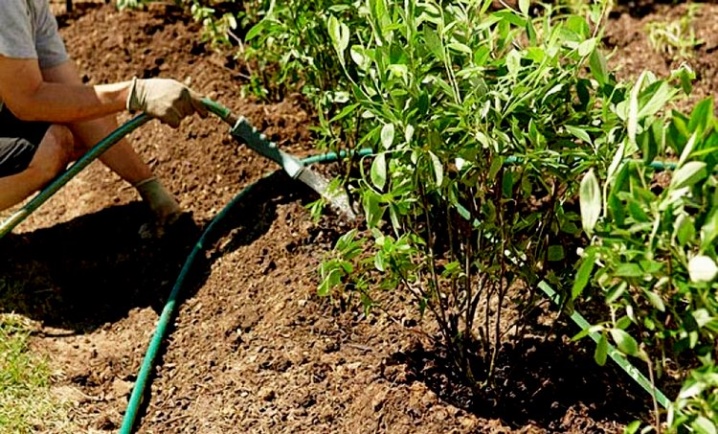
Top dressing from early spring to late autumn is carried out twice, using complex preparations.
In the autumn months, it is recommended to use sulfuric potassium or superphosphate. If there are a lot of weeds around the tree, mulching is advisable with:
- peat;
- clean sawdust;
- expanded clay;
- crushed pebbles;
- scraps of paper.
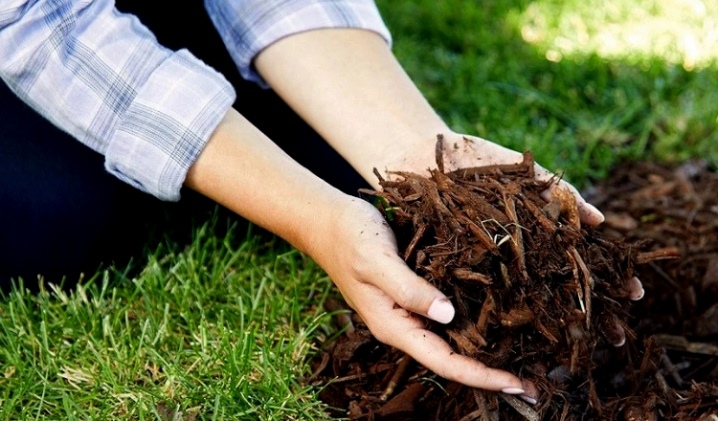
You need to know a few more subtleties in order to grow a standard willow:
- its seeds lose germination on the 10th day;
- it is recommended to avoid calcareous soil;
- the site must be well protected from piercing winds, especially from “cold” directions.
Diseases and their treatment
Goat willow on a trunk can suffer from powdery mildew. A characteristic manifestation is a white bloom on the leaves. Damaged foliage should be plucked to stop the spread of infection. Prevention involves systematic treatment with concentrated formulations and solutions. Every 6 months, the willow should be treated with Bordeaux liquid, and with the onset of spring - copper sulfate.

White heart rot is the result of fungal attack. Diagnosis is very difficult because the focus is inside the trunk. Rescue after detection of obvious signs of infection is not always possible. If the disease is noticed on time, you should:
- cut off the lesions;
- process the incisions;
- seal all wounds of the tree (if it is late, it is cut down and burned).
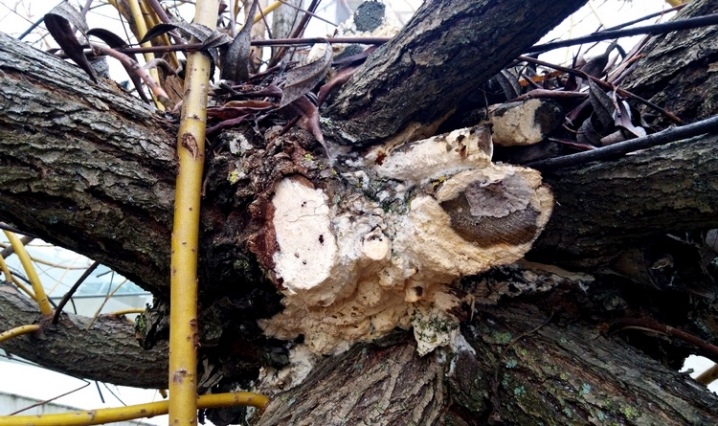
Additionally, you should be wary of:
- brown leaf spot;
- crown gall;
- willow scab;
- necrosis of the cortex.
Willow in landscape design
Stamp willow is widely used:
- near water bodies;
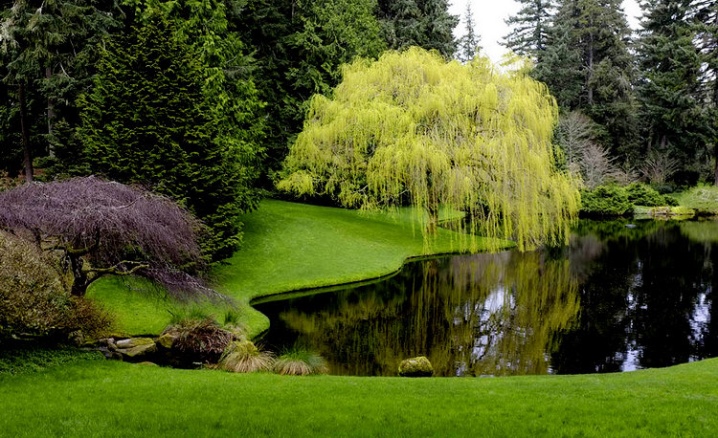
- in Japanese-standard gardens;

- in alpine plantings;

- for registration of mixborders;

- for the preparation of regular landscape compositions;
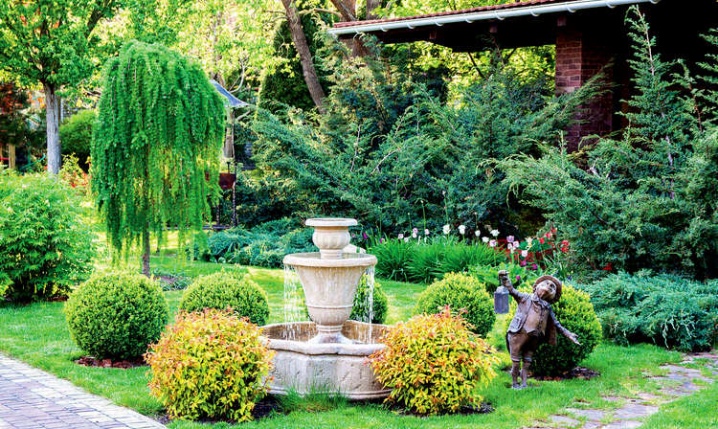
- as a tapeworm on the lawn;
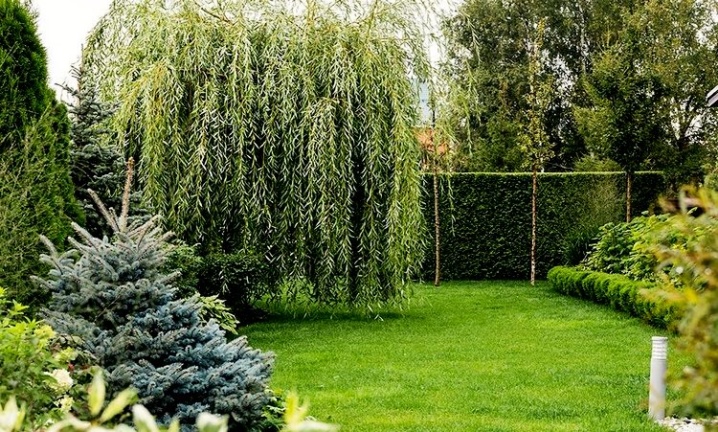
- surrounded by low shrubs or perennial flowers.
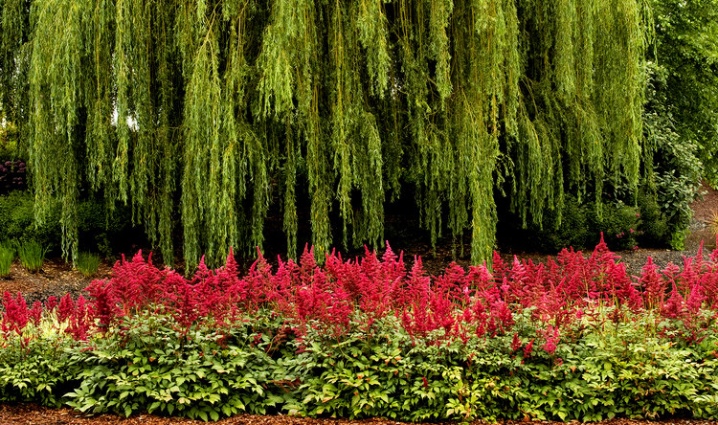
Much depends on the variety. So, the willow "Hakuro-Nishiki" will be most attractive against the background of cultures with the same dark colors.
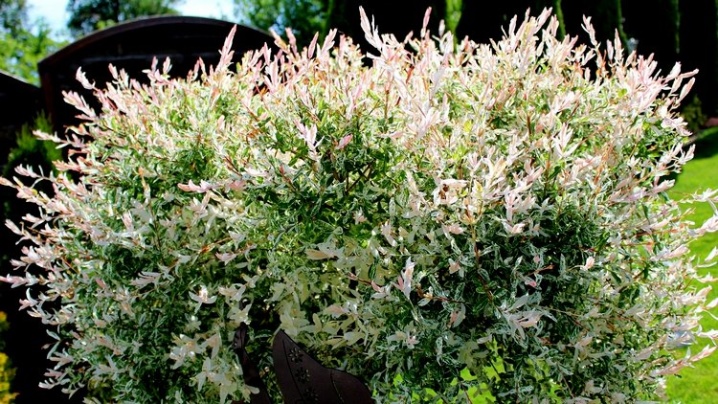
It is better if she is placed in a bright place. "Pendula" is more acceptable in landscape compositions. Both laconic and sophisticated compositions are well suited for standard willows.
For more information about willows on a trunk, see the video below.



































































The comment was sent successfully.